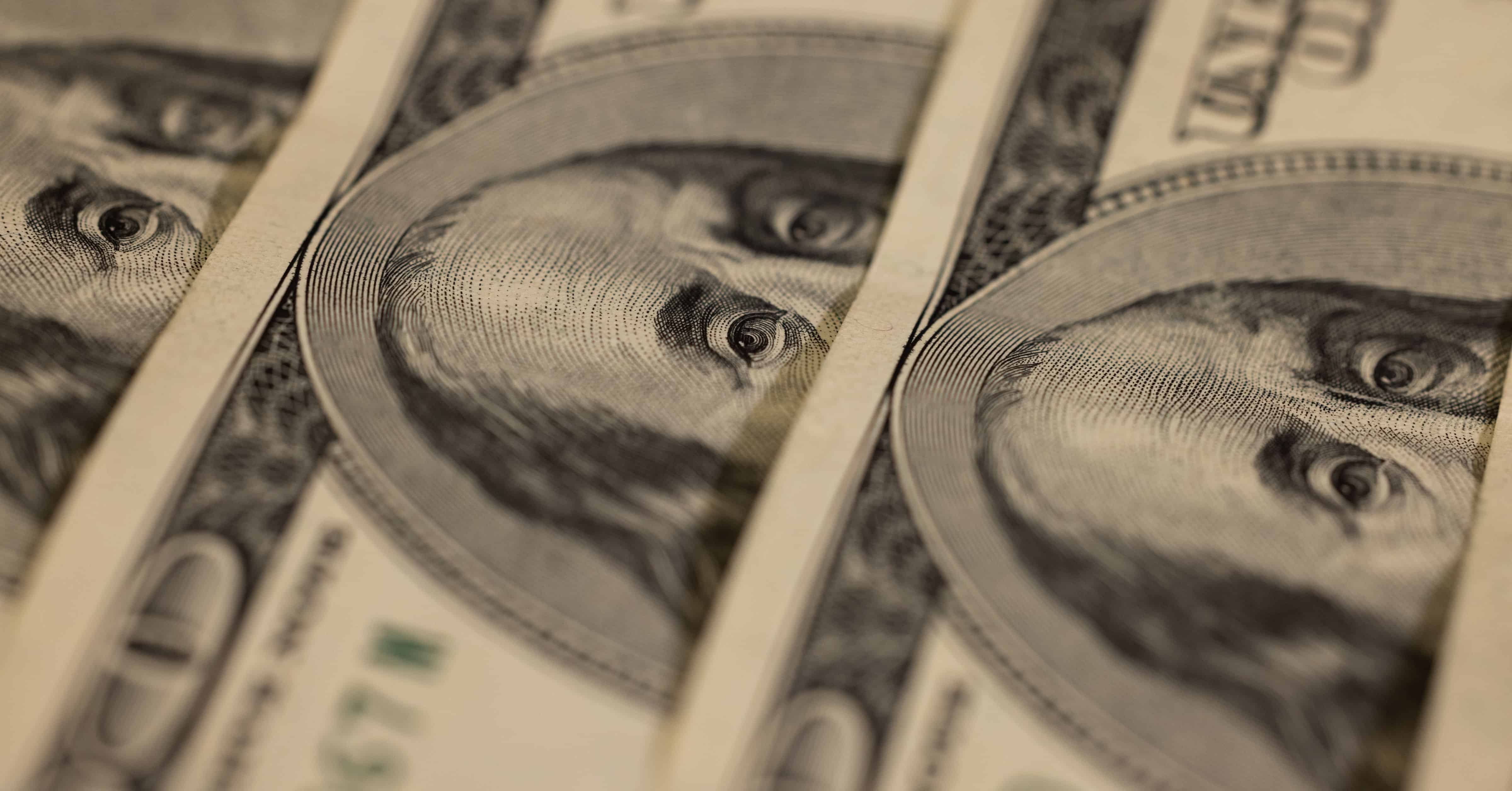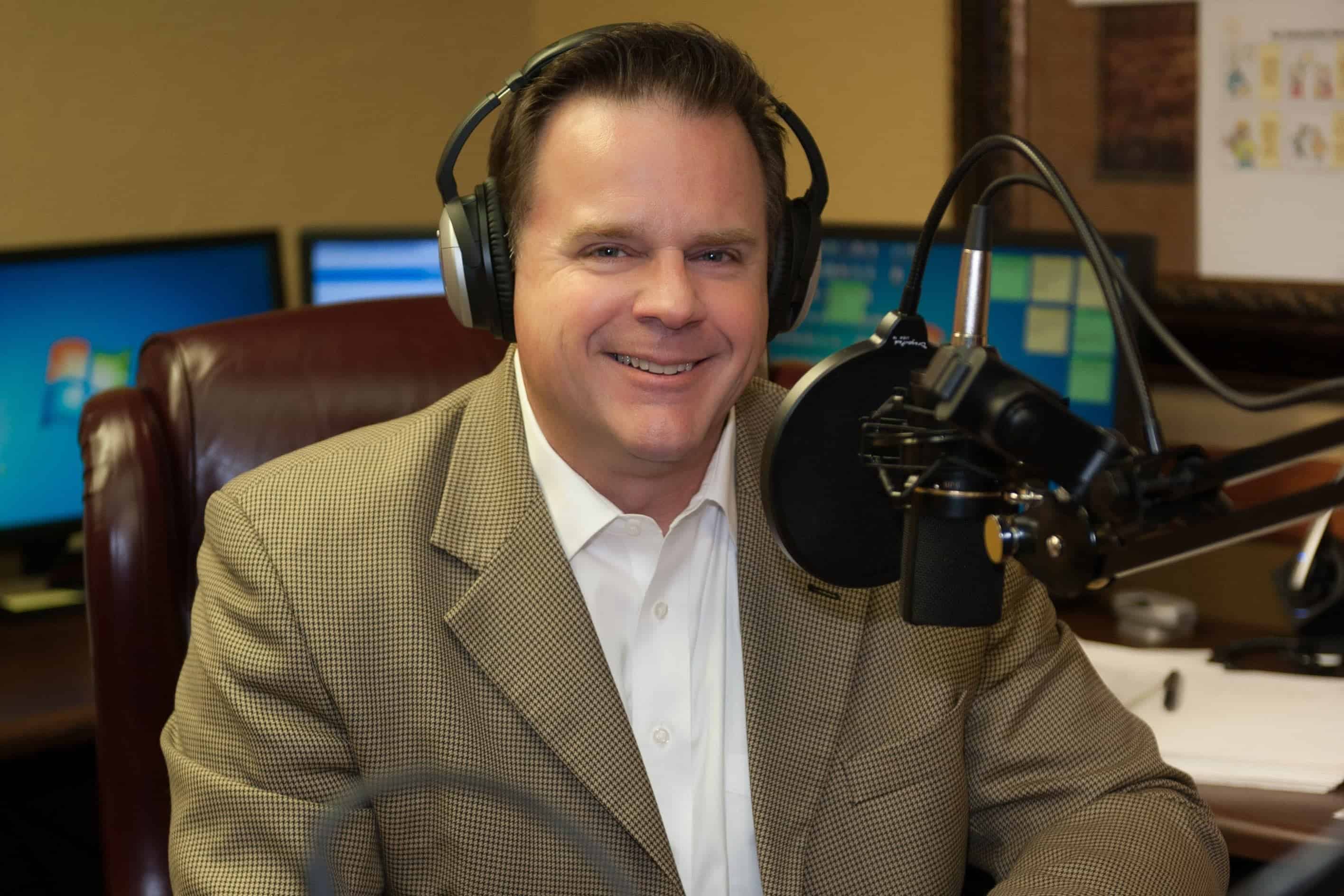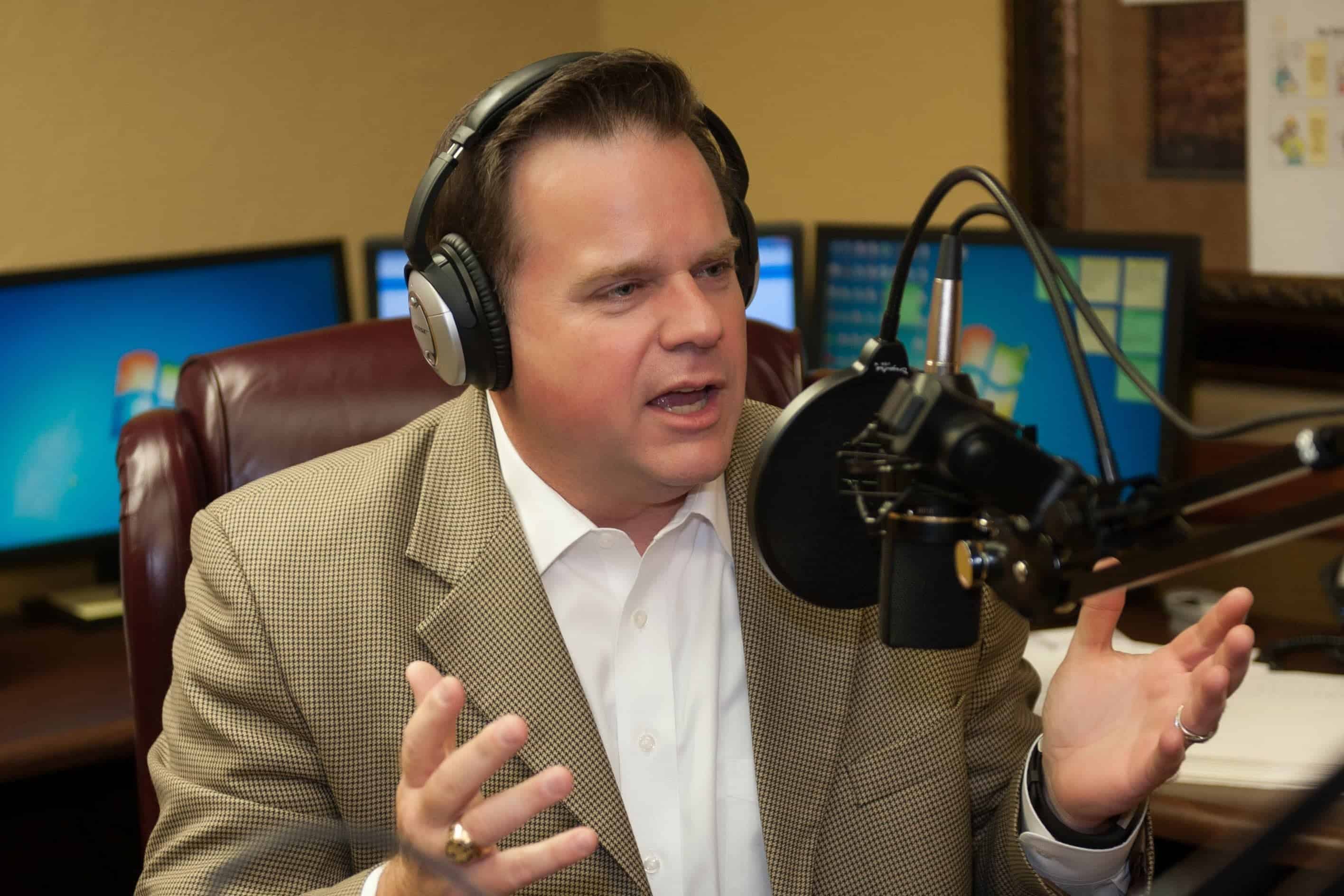If you are living in the United States at this moment and have purchased any food, gasoline, household goods or clothing in the past month, you have noticed an increase in the cost of these items. This unanticipated increase in pricing is due to inflation. The definition of inflation is the increase of demand for certain goods above their available supply to be purchased.
In 2021, the U.S. Government printed significant volumes of money and distributed it back (and yes, it is the citizens’ money) to the people of the country to mitigate the effects of the pandemic. Layoffs, terminations and underemployment were significant during the pandemic and families needed assistance due to a lack of savings (Lesson #1). Economics can be a puzzling subject to many of us but it is recognized immediately and understood at the checkout counter.
Last Thursday, the U.S. Bureau of Labor Statistics issued the most recent inflation statistic for our country. Inflation rose to 7.5% which is a height not seen in the index since President Jimmy Carter was in office. Food, a necessary staple for survival, rose 7.4% during the last 12 months, gasoline has risen 40%, electricity 10.7%, natural gas 23.9%, new vehicles 12.9% and used vehicles 40.5%. On a lighter note, if all of the stress from the higher cost of living causes you to enjoy greater amounts of libation, alcoholic beverages increased only 2.7% in the last year.
The tools of the U.S. Federal Reserve Board, charged with keeping the economy running smoothly without such inflationary impact, are to increase rates at which banks may borrow funds to make loans, buy back U.S. government bonds and increasing reserve requirements of its member banks. Each of these actions has a corresponding reaction. For example, by increasing the discount rate for which banks would pay to borrow money from the Fed, the consumer requiring the loan will pay a corresponding higher rate of interest so the bank’s margin, or spread, on the loan will be maintained to cover expenses.
An increase in the discount rate ripples through the economy and impacts most, if not all, types of borrowing. Credit card and other personal debt will be more costly resulting in fewer people using such credit. The effect of this lowering of activity is that companies will sell fewer goods and, thereby, lowering the inflationary impact because the balance of demand and supply are closer to equilibrium.
As a consumer, there are a few steps you can take to help your family combat this rising of costs. First, review your family’s budget to determine if you had planned any purchases of durable goods or automobiles in the next couple of years. If possible, delay those purchases until inflation has decreased to a more reasonable level allowing the pricing of the items to lower.
Second, increase your savings. The reason for the government sending families in the U.S. thousands of dollars in stimulus and additional, protracted terms of unemployment benefits is due to a lack of savings for these families. Americans are poor savers compared to citizens of other countries. According to statista.com, for the period of 2010 through 2020, the following countries’ households, and their respective average savings rates, are the highest in the world: 1) Austria – 17%; Belgium – 14.3%; Canada – 15%; Czech Republic – 8.1%; and Denmark – 7.7% round out the top five countries.
The United States, in comparison to the above savings rates by countries, had a savings rate in December 2021 of 7.4% according to ycharts.com. To help our families lessen the impact of inflation, which will continue for approximately two years by my research, reduce spending and increase savings as significantly as possible. Further, delay any large purchases of durable goods unless it is absolutely necessary. Increase deferrals and contributions to retirement accounts to help reduce the outlay of funds for taxes.
There are many “tools” that families can use to mitigate inflationary pressure on their retirement accounts, reserve savings and family budget. A CERTIFIED FINANCIAL PLANNERTM professional can help guide you with your cashflow planning and management process. You should be seeking confidence and comfort during inclement times of the economy. Don’t allow your family’s comfort to be blown about like a ship out at sea when the financial winds blow. Take charge of your financial situation today.
See you on the jogging trail!





